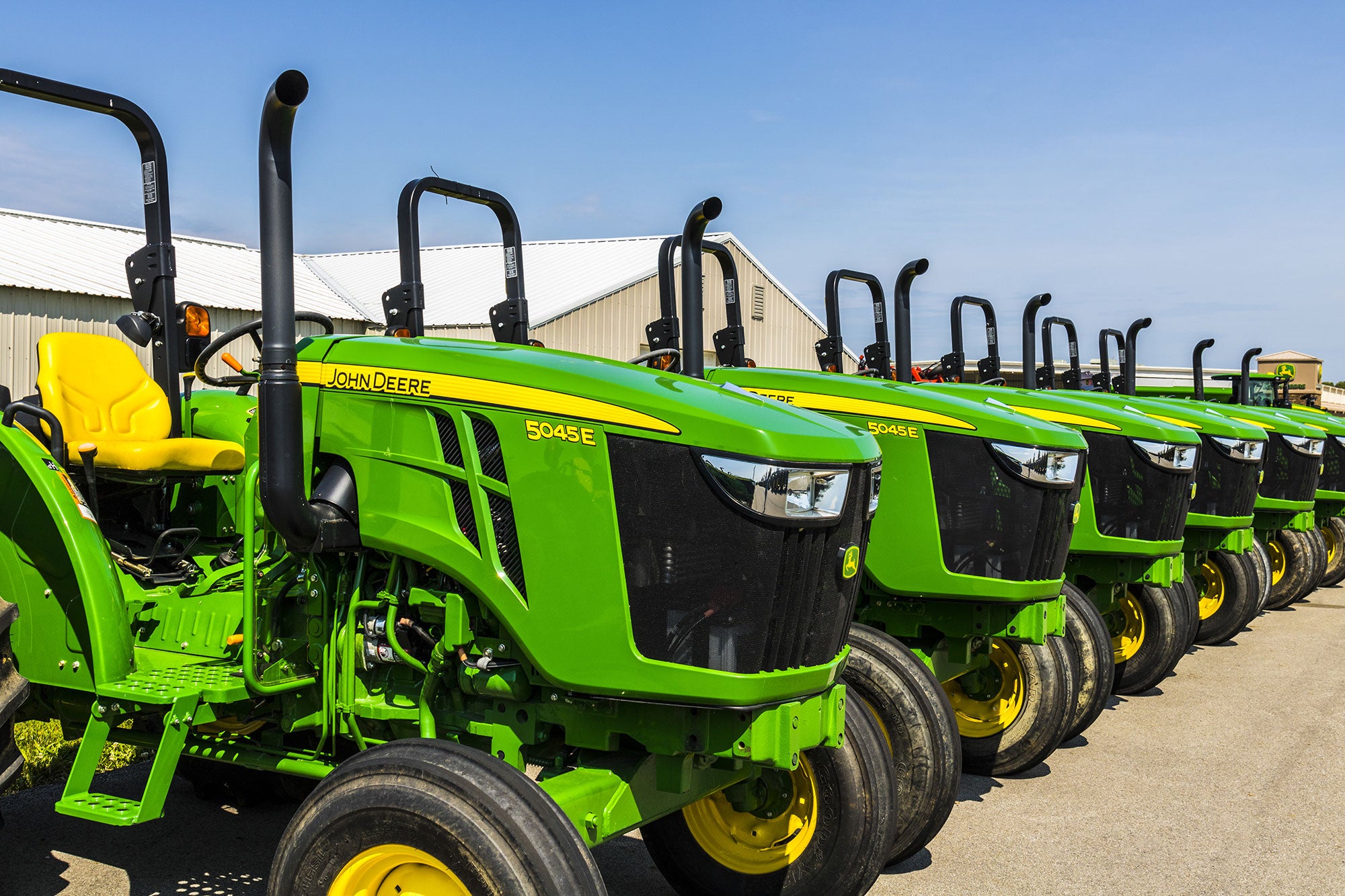In September 2024, U.S. sales of agricultural tractors fell by 19.2 percent, and combine sales dropped by a significant 40.7 percent compared to the same period last year, according to data from the Association of Equipment Manufacturers. Canadian sales also experienced declines, with tractor sales down 24.9 and combines falling by 51.9 percent.
Curt Blades, Senior Vice President at AEM, attributed the downturn to the overall softness in the agricultural economy, highlighting the cyclical slowdown seen throughout the summer.
The decline in tractor sales, particularly among smaller models under 40 horsepower, points to broader financial challenges faced by farmers.

The agricultural sector continues to navigate rising costs and inflationary pressures. Farmers are dealing with reduced net incomes due to lower commodity prices and higher input costs, such as seed, fertilizer, and equipment maintenance. The cost of financing tractors has also surged, making new equipment purchases less attractive.
Farmers, particularly those in the grain sector, have seen their incomes shrink. Corn prices dropped from $5.67 per bushel in 2021 to $3.78 in August 2024, while soybeans fell from $12.17 to $9.82 per bushel in the same period. This decline in earnings, coupled with higher input costs, has further dampened equipment purchases.
Supply chain concerns are also at the forefront of farmers’ minds, with many critical agricultural inputs now being produced by foreign companies. The rise of international ownership in seed and chemical production has sparked concerns about potential supply disruptions due to global tensions.
Despite these challenges, U.S. farmers are adapting by being conservative in their financial decisions and are hesitant to take on debt for new equipment. As a result, tractor and combine sales may continue to struggle in the near term, with many sales likely lost for good due to the long-term trend of farm consolidation and fewer farmers needing smaller tractors.
With agricultural operations becoming more efficient, the future demand for tractors is expected to remain subdued, marking a continued contraction in the market for this equipment segment.


